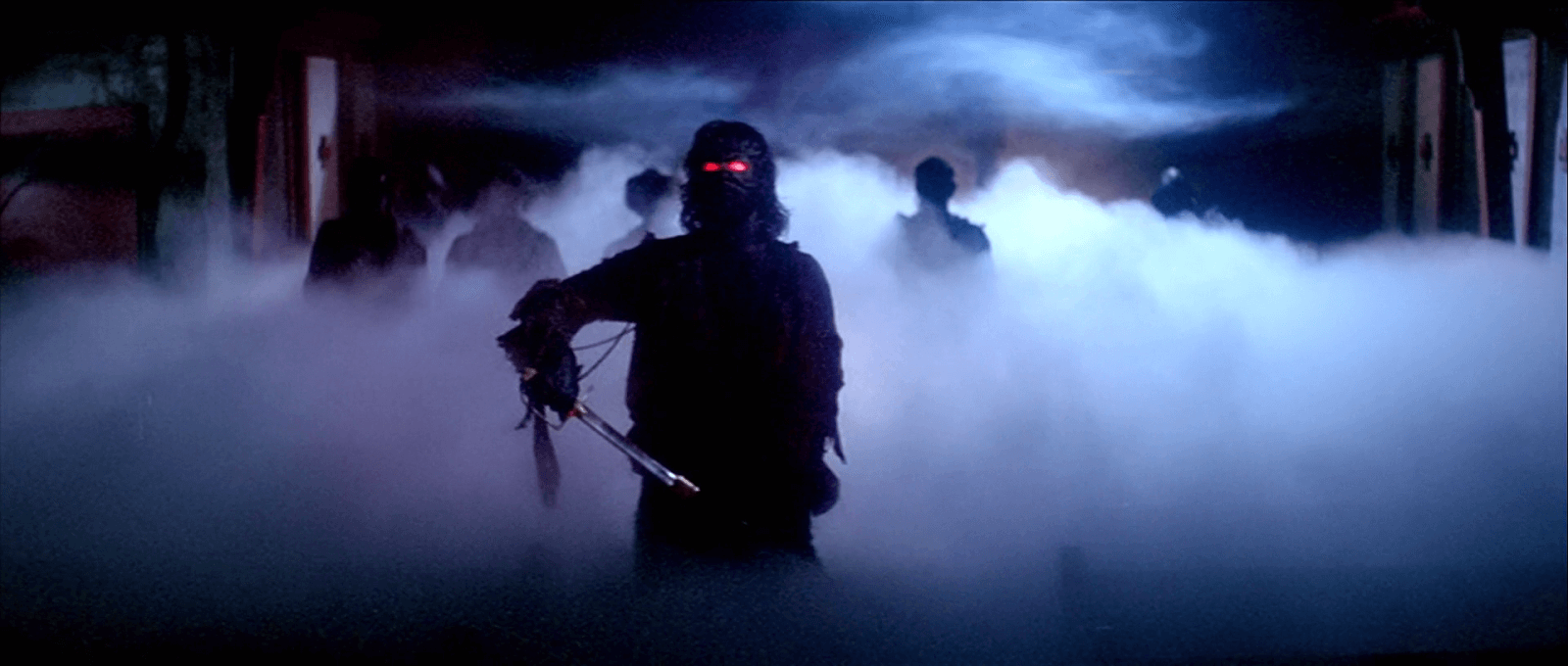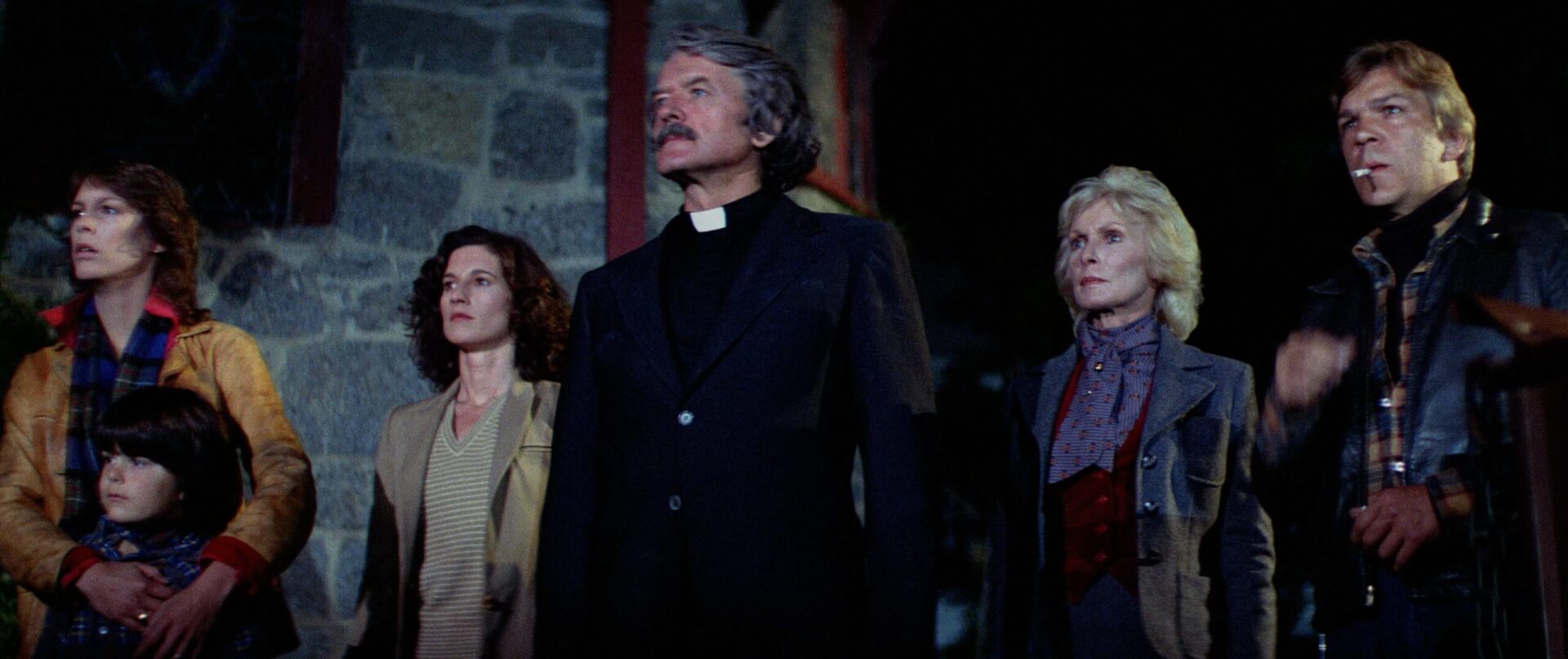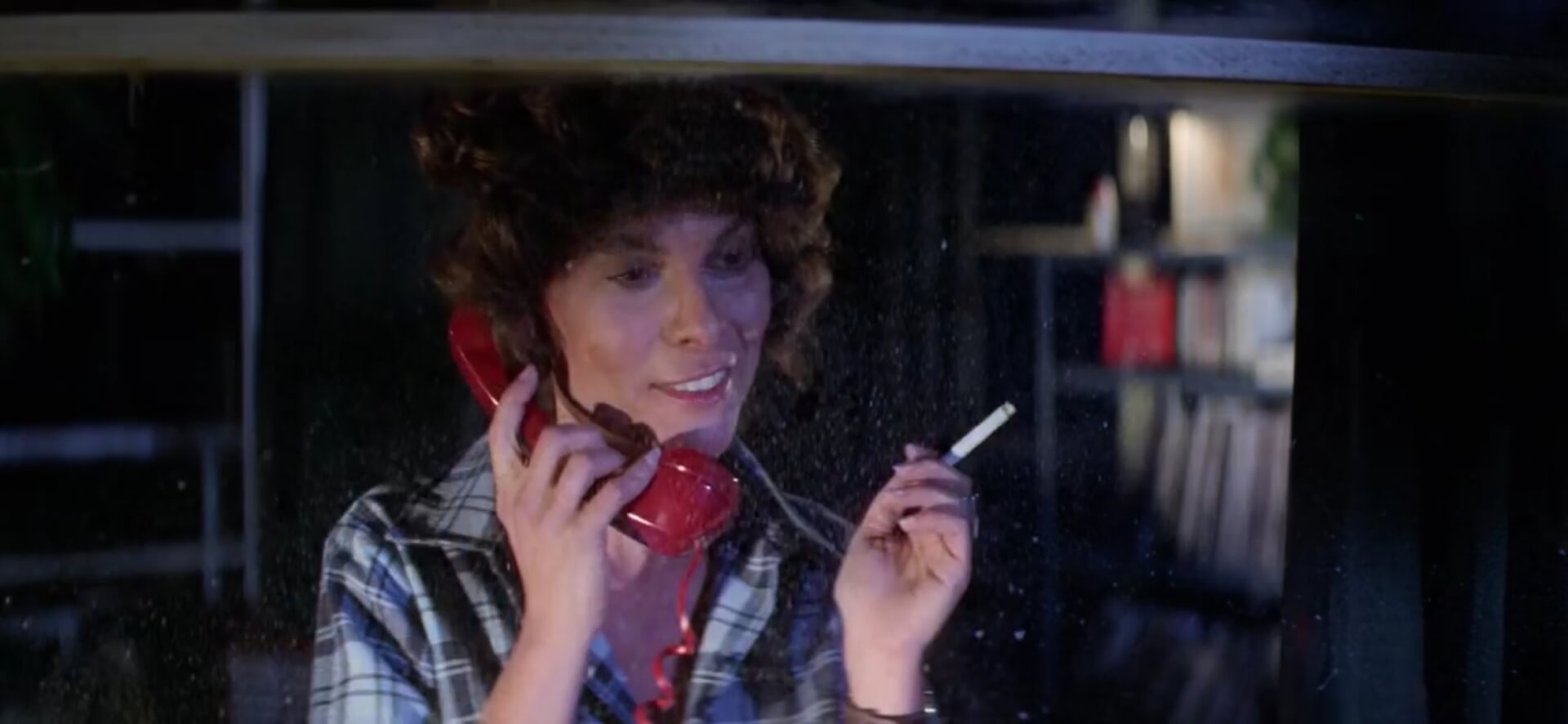THE FOG (1980). Beautifully crafted piece of horror cinema

When you hear the name John Carpenter, The Fog might not be the first film that comes to mind. That’s when you typically hear about Halloween, The Thing, Escape from New York, or Big Trouble in Little China. However, the thriller about ghosts hidden in the fog, made in 1980, is a position often omitted in such comparisons. More than the plot itself, what is remembered is the title, and currently, it is primarily associated with the adaptation of Stephen King’s story directed by Frank Darabont in 2007. Carpenter’s work, on the other hand, is an entirely different kind of horror.
Exactly one hundred years to the day have passed since the founding of the coastal town of Antonio Bay when a series of unexplained and tragic events occur. Shortly after midnight, public phones begin to ring, televisions and car alarms activate spontaneously. Three fishermen who set out on their boat for a catch are murdered by ghostly figures emerging from a pulsating, eerie light of The Fog. A bit earlier, in the local church, a large stone falls from the wall, revealing the hiding place of a century-old journal that belonged to an ancestor of the current Father Malone (the incredible Hal Holbrook). It turns out that the town was built on deceit and murder, as the founding fathers had deceived leper victims by igniting a fire on the rocks, causing a ship loaded with them to crash. The gold retrieved from the shipwreck was used to transform the small settlement into the town of Antonio Bay. However, those they killed have now returned, using the fog that had previously doomed them, seeking the revenge that is rightfully theirs.

I’ve always considered The Fog as a little horror gem, not particularly significant for the genre, but offering much more satisfaction than, say, the universally esteemed Halloween.
There are several reasons for this, starting with the construction of the script and ending with the attractiveness of the concept. Additionally, between the lines, there’s a certain sense of playfulness, a sort of agreement between the viewer and the director—Carpenter wants us to believe in the story being told and the danger threatening the characters while simultaneously enveloping the whole narrative in quotation marks.
In the film’s opening scene, the old man Machen (played in a brief role by John Houseman) tells children a campfire legend about a sunken ship and the ghosts of sailors who will return to haunt the nearby land. The oral legend, along with the diary found by Father Malone, somehow initiates the events, introducing a supernatural element in the form of the fog. Would the murderous spirits have appeared if no one remembered them? Carpenter doubts it. Human awareness of past shameful acts is necessary to bring justice to the living.

However, what interests the creator more than justifying the presence of a supernatural villain is the way the plot unfolds, the placement of characters on the chessboard, and observing their actions. The mentioned priest, the local radio presenter Stevie Wayne, her young son, the young hitchhiker Elizabeth having a romantic affair with the owner of the fatal boat, Nick, and Kathy Williams preparing a centennial celebration for the town along with her assistant, Sandy. Their paths barely cross until the final act, and some of them remain in complete ignorance about the reason for the unexpected ghostly attack. Yet, they somehow influence their fates and need each other. By the time the fog’s full attention is directed at them in the climax (and I understand how absurd this may sound, but the director certainly knew it too), it doesn’t feel strange to us, even though it should be.
Why does the fog only attack selected characters and not all the residents of Antonio Bay?
The mechanisms behind the vengeance are so unclear that during the necessary refinements (the producers considered the rough cut “not scary”), scenes added by Carpenter further highlighted these inconsistencies. However, these scenes created some of the best moments in the film. Both the reanimation of the corpse in the morgue and Stevie’s (played by Adrienne Barbeau, Carpenter’s wife at the time) encounter with the ghosts at the top of the lighthouse don’t make much sense in the context of the rest of the story, but they create tension and deliver some effective scares.

The first version of the film was actually more subtle, nearly devoid of violent scenes, which were implied more than shown. Whether this was meant as an homage to classic horror tales, where atmosphere was more important than shock, is hard to say. The narrative and the way the characters are handled, however, clearly draw from late 19th and early 20th-century fantasy literature, where information gathered by many, often unrelated characters contributed to a full picture of the situation. Contemporary characters were horrified to discover the sins of their ancestors. Father Malone sums up the falsehood of the past with the words: “Today’s celebration is a travesty. We’re honoring murderers.”
The tribute to classic horror is also manifested in something else. It’s not a coincidence that the man from the prologue of the film is named Arthur Machen, an author of early horror stories. Earlier in the film, Carpenter treats us to a quote from Edgar Allan Poe. It’s interesting to note that some of the characters are named after Carpenter’s collaborators (Nick Castle, Tommy Wallace, Dan O’Bannon) or characters from films (in the end credits, the coroner is credited as Dr. Phibes). And as if that wasn’t enough, the director managed to persuade Jamie Lee Curtis, the star of his Halloween, and her mother, Janet Leigh, who made history twenty years earlier as the unfortunate Marion Crane in Alfred Hitchcock’s iconic Psycho, to appear in the film. However, these details aren’t meant to wink at the audience but rather to position the story within the realm of classic horror, to which The Fog also aspires. Perhaps this is what saved Carpenter’s film from achieving cult status – it is too absorbed in the past to have greater significance as an original creation.

What you can’t deny The Fog is its cinematic quality. Shot in a widescreen aspect ratio of 2.35:1, which gives the image a more noble appearance (while camouflaging the limited budget), and constructed with long takes that command the viewers’ focus during the screening, this film is excellent proof of why even Carpenter’s oldest works stand the test of time. This quality is also evident in Carpenter’s music, often played on a synthesizer, which unmistakably associates with his body of work. The main theme might not be as iconic as, say, the one in Escape from New York, but it fits the story perfectly, helping to create a climate of horror and uncertainty.
“Atmosphere” is a word that is often invoked when trying to summarize practically every film by this American director. This speaks to the unique and instantly recognizable character of Carpenter’s filmmaking, which never seemed to follow the changing language of cinema or aimed to pander to the audience. What interested him was the story and the way it was presented. The Fog is the best example of this because the intricate narrative becomes the film’s theme, just like in the Lovecraftian In the Mouth of Madness made fourteen years later.

Meanwhile, the 1980 horror film is perhaps even more enjoyable to watch today than before. It hasn’t aged, remains quite effective in its scares, and the way the titular character moves on the screen (swiftly yet methodically) is truly admirable. After the screening, there is a sense of fulfillment left in the viewer – it’s a film that lets you derive joy from being scared. It’s a small but beautifully crafted piece of horror cinema, best watched on a fall evening, especially when fog drifts outside and obscures your view.

